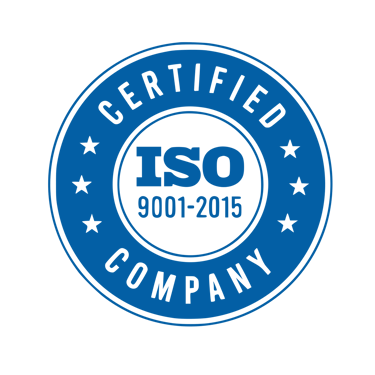Check out our new Substack, Merchandise Trade With Legion
What Are The Different Types of Solar Panels?
This blog explores the different types of solar panels available today, including monocrystalline, polycrystalline, thin-film, perovskite, bifacial, PERC, concentrated photovoltaic, and heterojunction panels. Each type is explained in detail, covering their features, advantages, and ideal applications, helping readers make informed decisions about solar energy solutions.
ENGLISH
4 min read


As the world shifts towards renewable energy sources, solar power has emerged as a leading contender. Understanding the different types of solar panels available is crucial for making informed decisions about energy solutions. This blog explores the various types of solar panels, detailing their features, advantages, and applications.
Monocrystalline Solar Panels
Monocrystalline solar panels are made from a single, continuous crystal structure. They are recognized by their uniform dark color and rounded edges. These panels are highly efficient, typically offering efficiencies between 18-22%, making them ideal for residential and commercial applications where space is limited. Their longevity and performance in low-light conditions make them a popular choice despite their higher cost compared to other types.
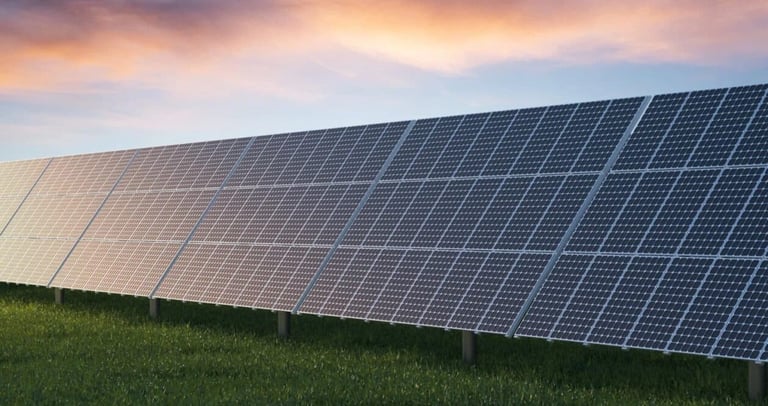

Polycrystalline Solar Panels
Polycrystalline solar panels are composed of multiple crystal structures, which give them a speckled blue appearance. They are generally less expensive to produce than monocrystalline panels and offer slightly lower efficiencies, ranging from 15-17%. Polycrystalline panels are a cost-effective option for larger installations where space is not a constraint. They also have a lower environmental impact during manufacturing due to simpler production processes.
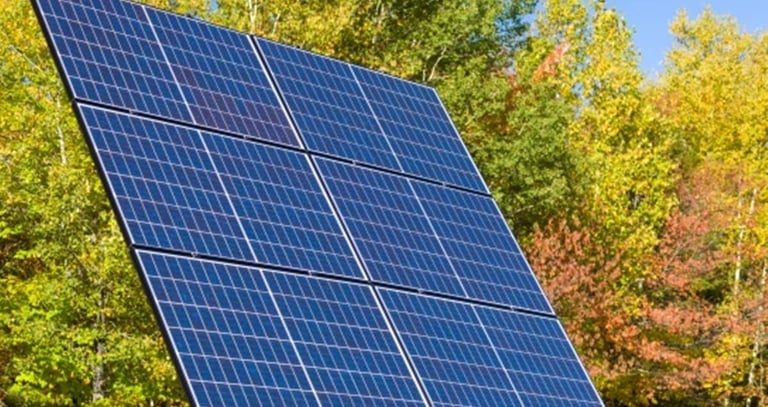

Thin-film Solar Panels
Thin-film solar panels are made by depositing one or more layers of photovoltaic material onto a substrate. They are lightweight and flexible, allowing for versatile applications such as on curved surfaces or portable devices. Although they generally have lower efficiencies (around 10-12%) compared to crystalline panels, their lower production costs and adaptability make them suitable for large-scale installations and unconventional applications. Additionally, thin-film panels perform better in high temperatures and shaded areas.
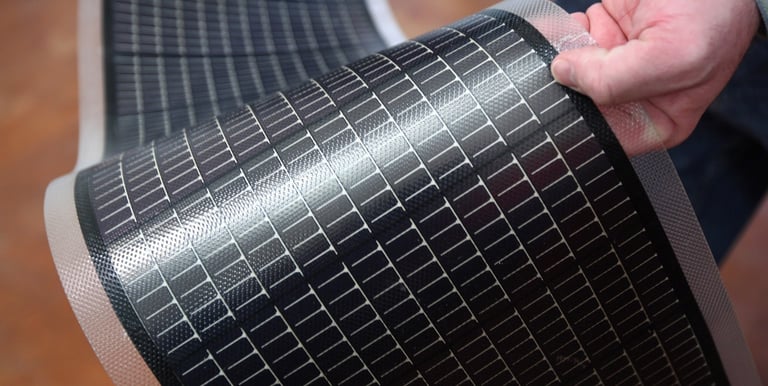

Perovskite Solar Panels
Perovskite solar panels are an emerging technology that has garnered significant attention due to their high efficiency and low production costs. They utilize a perovskite-structured compound as the light-absorbing layer. Currently, they are still in the research and development phase, with efficiencies rapidly increasing, reaching over 25% in laboratory settings.
Perovskite panels have the potential to revolutionize the solar industry by offering a lightweight, flexible, and highly efficient alternative to traditional silicon-based panels. However, challenges such as stability and scalability need to be addressed before widespread adoption.
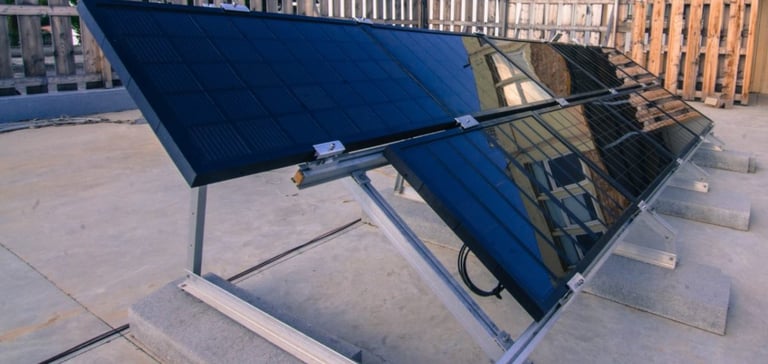

Bifacial Solar Panels
Bifacial solar panels are designed to capture sunlight from both the front and the rear sides. This dual-sided technology increases the overall energy output by utilizing reflected light from the ground or surrounding surfaces. Bifacial panels can achieve higher efficiencies compared to traditional single-sided panels, especially in environments with high albedo surfaces like snow or white rooftops. They are ideal for installations where maximizing energy production is essential, such as in commercial solar farms and large-scale projects.
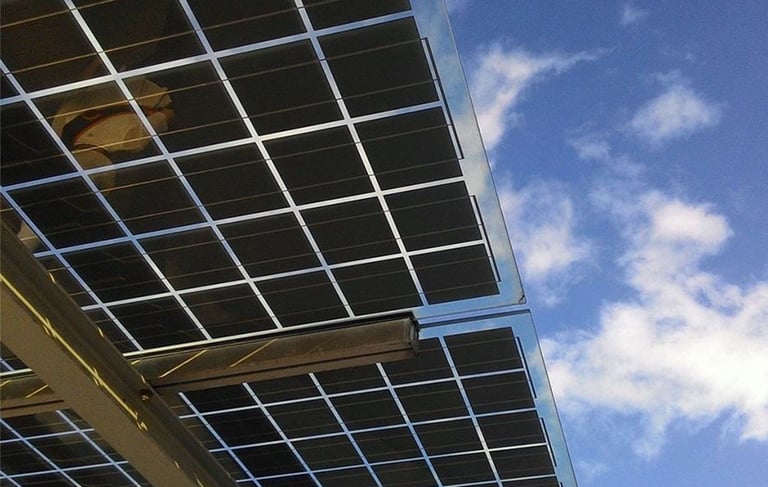

PERC Solar Panels
Passivated Emitter and Rear Cell (PERC) solar panels incorporate an additional layer on the rear side of the cell to improve light absorption and reduce electron recombination. This enhancement boosts the panel’s efficiency, typically by 1-2% compared to standard panels. PERC technology is widely adopted in both residential and commercial solar installations due to its superior performance and cost-effectiveness. These panels are particularly effective in environments with varying light conditions, enhancing overall energy yield.
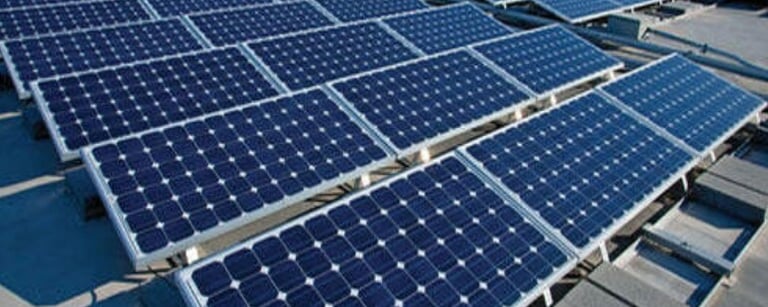

Concentrated Photovoltaic (CPV)
Concentrated Photovoltaic (CPV) panels use lenses or mirrors to concentrate sunlight onto high-efficiency solar cells. By focusing a larger amount of sunlight onto a smaller area, CPV systems can achieve significantly higher efficiencies, often exceeding 40%. These panels are typically used in large-scale, utility-grade solar power plants where space is available for the complex setup of concentrators and tracking systems. CPV technology is ideal for regions with high direct sunlight and minimal shading, offering a potent solution for maximizing energy production.
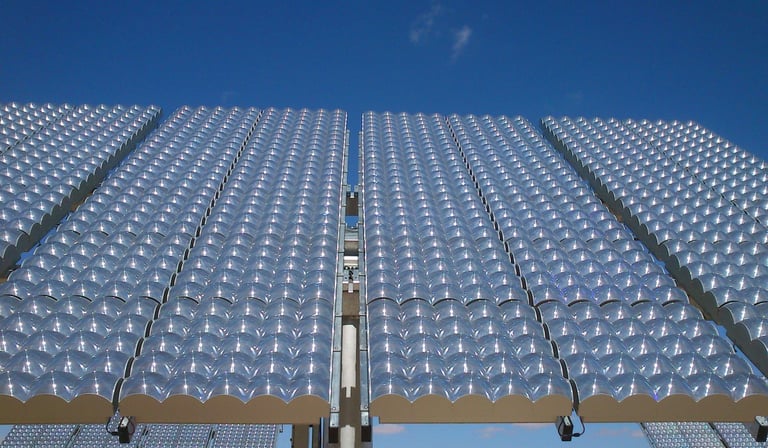

Heterojunction Solar Panels
Heterojunction solar panels combine traditional crystalline silicon with thin layers of amorphous silicon. This hybrid approach enhances the efficiency by reducing thermal losses and improving light absorption.
Heterojunction technology can achieve efficiencies above 20%, making it competitive with other high-efficiency panel types. These panels also offer better performance in high-temperature environments and have lower degradation rates over time. Heterojunction panels are suitable for both residential and commercial installations where maximizing efficiency and durability is a priority.
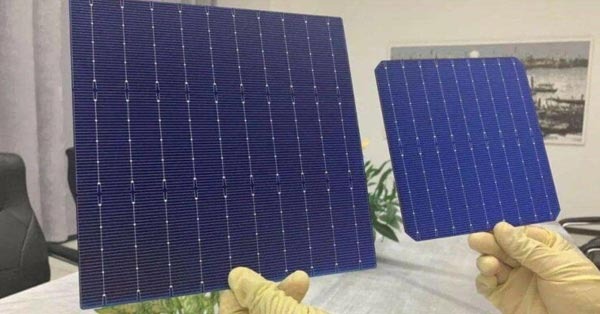

Conclusion
The solar panel market offers a diverse range of technologies, each with its unique advantages and suitable applications. From the high-efficiency monocrystalline and heterojunction panels to the flexible thin-film and innovative perovskite types, there is a solar solution tailored to meet various energy needs and environmental conditions.
Understanding the differences between these panels enables consumers and businesses to choose the most appropriate technology for their specific requirements, ultimately contributing to a more sustainable and energy-efficient future.

